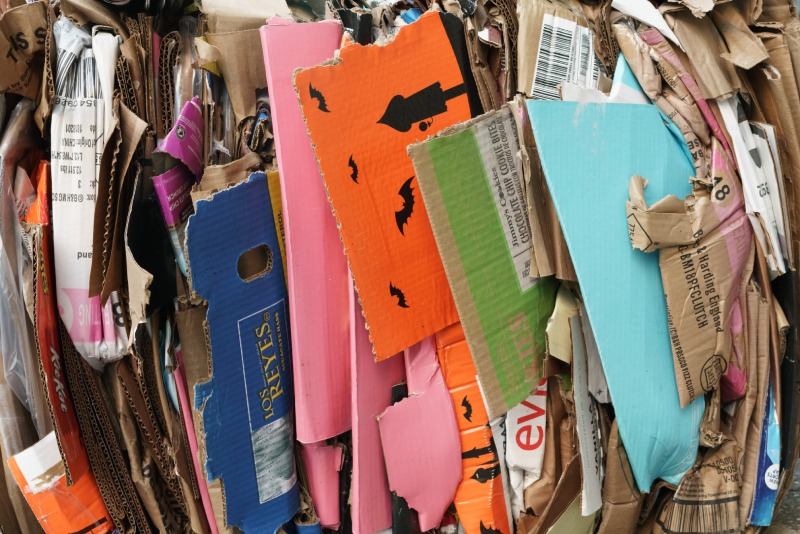Paper recycling is a crucial aspect of sustainable waste management that often goes overlooked. With the increasing emphasis on environmental conservation, understanding the significance of paper recycling is essential. In this article, we will explore five fascinating facts about paper recycling that highlight its importance in reducing waste and conserving natural resources.

The Power of Paper Recycling
1. A Major Contributor to Waste Reduction
Paper waste constitutes a substantial portion of municipal solid waste. According to the Environmental Protection Agency (EPA), paper and paperboard products account for about 23% of all landfill materials. By recycling paper, we can significantly reduce the amount of waste being sent to landfills, conserving valuable landfill space and mitigating environmental pollution.
2. Energy and Resource Savings
Recycling paper requires significantly less energy and resources compared to producing paper from virgin materials. The recycling process involves breaking down used paper fibers, cleaning them, and reconstituting them into new paper products. This process consumes less water, fewer chemicals, and emits fewer greenhouse gases compared to traditional paper production methods. In fact, recycling one ton of paper can save around 17 trees, 7,000 gallons of water, and enough energy to power an average home for six months.
3. Different Grades of Paper Recycling
Not all paper is created equal when it comes to recycling. Paper products are categorized into different grades based on their quality and type. The recycling process for each grade varies, influencing the quality of the recycled paper produced. The grades range from high-quality deinked paper used for office paper to lower-grade mixed paper used in cardboard manufacturing. Understanding these different grades is vital for efficient paper recycling and reducing contamination in the recycling stream.
Paper Recycling in Numbers
| Type of Paper | Recycling Rate |
|---|---|
| Cardboard | 91% |
| Newspaper | 67% |
| Office Paper | 63% |
Fascinating Paper Recycling Techniques
4. Deinking Process
The deinking process is a pivotal step in recycling paper. It involves removing ink, coatings, and contaminants from recovered paper to produce high-quality pulp for new paper products. Deinking is particularly crucial for recycling office paper, magazines, and newspapers. The process includes various stages such as pulping, screening, flotation, washing, and bleaching. Advanced technologies and chemicals are used to ensure the removal of inks and other impurities, resulting in clean, white pulp suitable for producing new paper.
5. Closed-Loop Recycling
Closed-loop recycling, also known as circular recycling, is an innovative approach that involves using recycled paper to create the same type of paper product repeatedly. For instance, recycled cardboard can be used to produce new cardboard packaging. This process minimizes the need for additional raw materials and reduces the energy and resources required for paper production. Closed-loop recycling exemplifies the concept of a circular economy, where materials are continuously reused and kept in circulation, reducing waste and environmental impact.
Conclusion
Paper recycling holds immense potential for waste reduction, energy savings, and resource conservation. By understanding the intricate processes and unique methods involved, we can better appreciate the environmental benefits of recycling paper. From the deinking process to closed-loop recycling, each aspect contributes to a sustainable future. As we continue to embrace eco-friendly practices, let’s remember the impact of paper recycling and the positive change it brings to our planet. Through collective efforts, we can ensure a greener and more sustainable world for generations to come.




